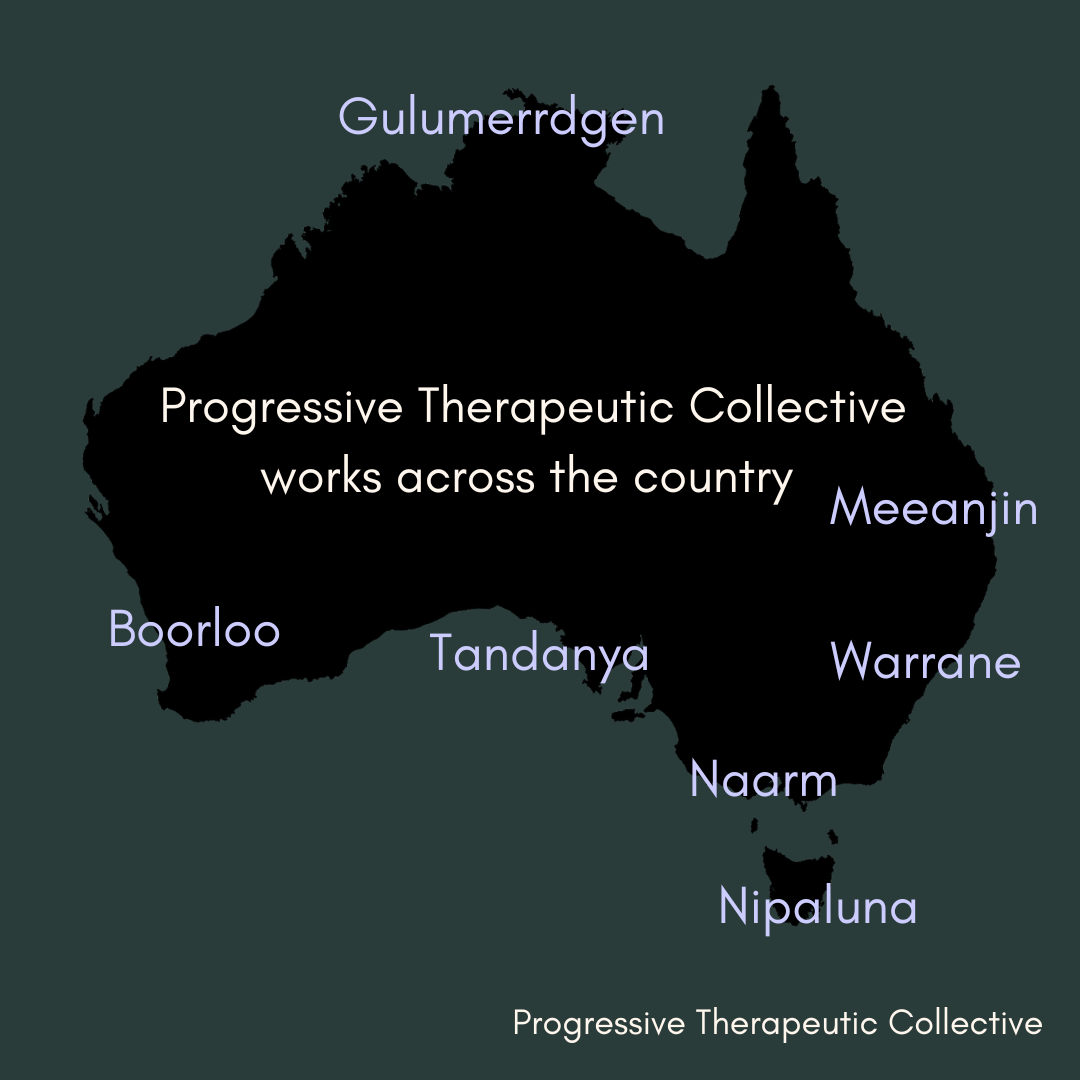Neo-pronouns & gender expression
Neo-pronouns have emerged as an important addition to the lexicon of gender identity and expression. These words enable individuals to express their gender identity in a way that feels more authentic to them, rather than being limited by traditional gendered pronouns like "he" or "she".
Some examples of neo-pronouns include (but are not limited to):
Ze/hir
Xe/xem
Ey/em/eir
Ve/ver
Co/cos
Per/pers
Faer/faers
E/em/eir
Thon/thon
Ae/aer
Ne/nem
Spivak/spivakself
Kit/kitself
Bun/bunself
Self/selves (used as a pronoun by some individuals)
At the heart of the use of neo-pronouns is the fundamental right of individuals to self-identify and resist the limitations of traditional gender categories.
The emergence of these pronouns reflects a growing awareness of the diversity of gender identities and the need for language that can more accurately reflect this complexity.
Perhaps the most well-known neo-pronoun is "they/them," which has gained more mainstream acceptance in recent years as a way for non-binary individuals to express their gender identity.
However, there are many other options, such as "ze/hir," "xe/xem," and "ey/em/eir," which are used by those who do not identify as male or female or who reject the gender binary altogether.
While the use of neo-pronouns may be met with resistance and skepticism from some, it is important to remember that language is constantly evolving, and new words and expressions are necessary to reflect the diversity of human experience. By using neo-pronouns, we are taking an important step toward greater inclusivity and respect for everyone in our community.
It is worth noting that the use of neo-pronouns is not limited to the LGBTQIA+ community. Anyone can choose to use these pronouns as a way to express their identity, including cisgender individuals who want to express their individuality.
Pronouns are an essential tool for individuals to express their gender identity in a way that feels authentic to them. As language continues to evolve, let us embrace these new words and expressions that accurately reflect the complexity of gender identity and expression.

